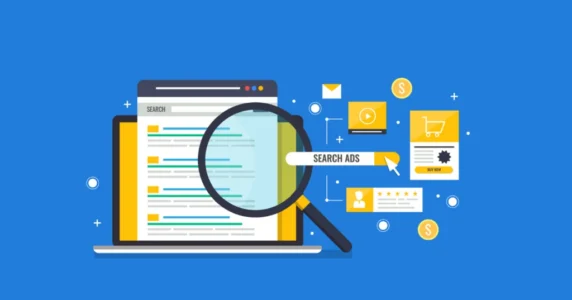
- /
- By scalartechmedia
Business people shaking hands in the office. Group of business persons in business meeting. Three entrepreneurs on meeting in board room. Corporate business team on meeting in modern office. Female manager discussing new project with her colleagues. Company owner on a meeting with two of her employees in her office.[/caption]
In today’s competitive landscape, organic reach can only take your brand so far. With the digital space becoming increasingly crowded, paid promotion has emerged as a powerful tool for businesses to cut through the noise, reach their target audience, and drive meaningful results. Whether you’re looking to boost brand awareness, drive website traffic, or increase conversions, paid promotion offers unparalleled opportunities for reaching your marketing objectives. In this comprehensive guide, we’ll explore the ins and outs of paid promotion and uncover strategies to help you maximize its impact on your business.
Understanding Paid Promotion
Paid promotion, also known as paid advertising or paid media, involves investing financial resources to promote your content, products, or services across various digital channels. Unlike organic methods that rely on building an audience over time, paid promotion allows you to reach your target audience quickly and efficiently by leveraging the targeting capabilities of advertising platforms. From social media ads and search engine marketing (SEM) to display advertising and sponsored content, paid promotion encompasses a wide range of tactics and channels, each offering unique advantages and opportunities.
Setting Clear Objectives
Before diving into paid promotion, it’s crucial to define clear objectives that align with your overall marketing strategy and business goals. Whether you’re aiming to increase brand awareness, drive website traffic, generate leads, or boost sales, having specific, measurable, and achievable goals will guide your paid promotion efforts and help you measure success effectively. Consider factors such as your target audience, budget, timeline, and desired outcomes when setting your objectives, and use them to inform your campaign strategy and execution.
Choosing the Right Channels and Platforms
With countless digital channels and platforms available for paid promotion, choosing the right ones for your business can be overwhelming. Start by identifying where your target audience spends their time online and which platforms are most relevant to your industry and objectives. Whether it’s social media platforms like Facebook, Instagram, and LinkedIn, search engines like Google and Bing, or specialized advertising networks and platforms, focus your efforts on channels that offer the best opportunities for reaching and engaging your audience effectively.
Crafting Compelling Ad Creative
In the world of paid promotion, compelling ad creative is the key to capturing your audience’s attention and driving engagement. Whether it’s eye-catching visuals, persuasive copywriting, or compelling calls-to-action, every element of your ad creative should work together to convey your message and compel users to take action. Experiment with different formats, messaging, and targeting options to find what resonates best with your audience, and don’t be afraid to iterate and optimize based on performance data and insights.
Optimizing for Performance
The success of your paid promotion efforts depends on more than just launching campaigns—it’s about continuous optimization and refinement based on real-time data and insights. Monitor key performance indicators (KPIs) such as click-through rates (CTRs), conversion rates, cost per acquisition (CPA), and return on investment (ROI) to gauge the effectiveness of your campaigns and identify areas for improvement. Use A/B testing, audience segmentation, and ad scheduling to optimize your campaigns for maximum performance and ROI, and don’t be afraid to adjust your strategy based on what works best for your business.
Measuring ROI and Attribution
Ultimately, the success of your paid promotion efforts comes down to the return on investment (ROI) you achieve. Use tracking and analytics tools provided by advertising platforms, such as Facebook Ads Manager, Google Ads, or LinkedIn Campaign Manager, to measure the impact of your campaigns and attribute conversions to specific ads and channels accurately. By understanding which campaigns are driving the most value for your business and optimizing your budget and resources accordingly, you can maximize your ROI and drive sustainable growth over time.
Conclusion: Supercharge Your Marketing with Paid Promotion
In conclusion, paid promotion offers a powerful and scalable way to amplify your brand message, reach your target audience, and drive meaningful results in today’s digital landscape. By setting clear objectives, choosing the right channels and platforms, crafting compelling ad creative, optimizing for performance, and measuring ROI effectively, you can unlock the full potential of paid promotion and take your marketing efforts to new heights of success. So go ahead—invest in paid promotion, experiment with different tactics and strategies, and watch your business thrive in the competitive digital marketplace.
I hope you find this guide helpful and insightful as you explore the world of paid promotion in your marketing strategy! If you have any questions or need further assistance, feel free to reach out.
